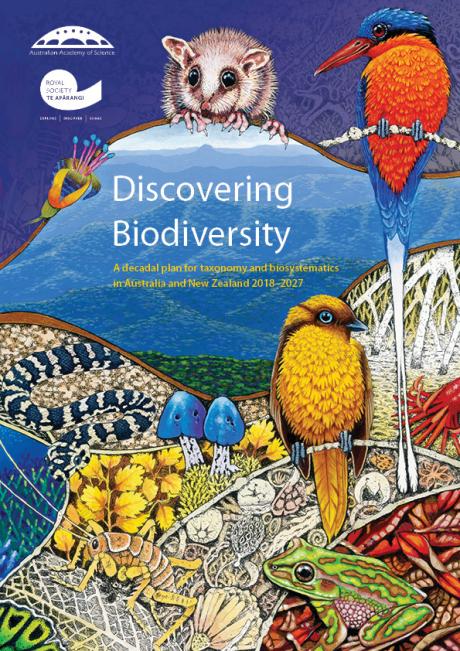A plan to capture Australia's biodiversity
Time is running out to capture Australia’s biodiversity... but the Australian Academy of Scince have a plan!
Australia has extraordinarily high levels of biodiversity. It is one of only two developed countries with ‘megadiversity’ of plant and animal life. However, of the more than 600,000 predicted species in Australia, only 30% have so far been discovered, documented and named. If Australia doesn’t change its approach to documenting our biodiversity, it is likely to take about 400 years to document every plant, animal and other species. In that time, many will go extinct.
A sound understanding of biodiversity is critical, particularly as Australia seeks to achieve both environmental and economic sustainability in the face of rapid environmental change and an extinction crisis that threatens to change the face of the Earth.

With the support of the Ian Potter Foundation, the Australian Academy of Science and the Royal Society Te Apārangi have developed ‘Discovering Biodiversity: A decadal plan for taxonomy and biosystematics in Australia and New Zealand 2018–2027’.
The 10-year plan was developed by an Expert Working Group, led by Australian plant taxonomist, Dr Kevin Thiele. Dr Thiele says Australia discovers and names around 2,500 new species per year - more than almost any other country in the world.
“A substantial increase in the current rate is possible if taxonomists and biosystematists are properly supported to take advantage of the technological revolution underway, in areas such as genomics, machine learning and 3D imaging, which would help speed up the mapping of our unique biodiversity,” Dr Thiele said.
“Documenting our biodiversity is important - for conservation, biosecurity, agriculture, human and animal health, and to understand the evolution of life on Earth,” Dr Thiele said.
You can read more about the plan, and download the complete document, here: www.science.org.au/taxonomyplan

